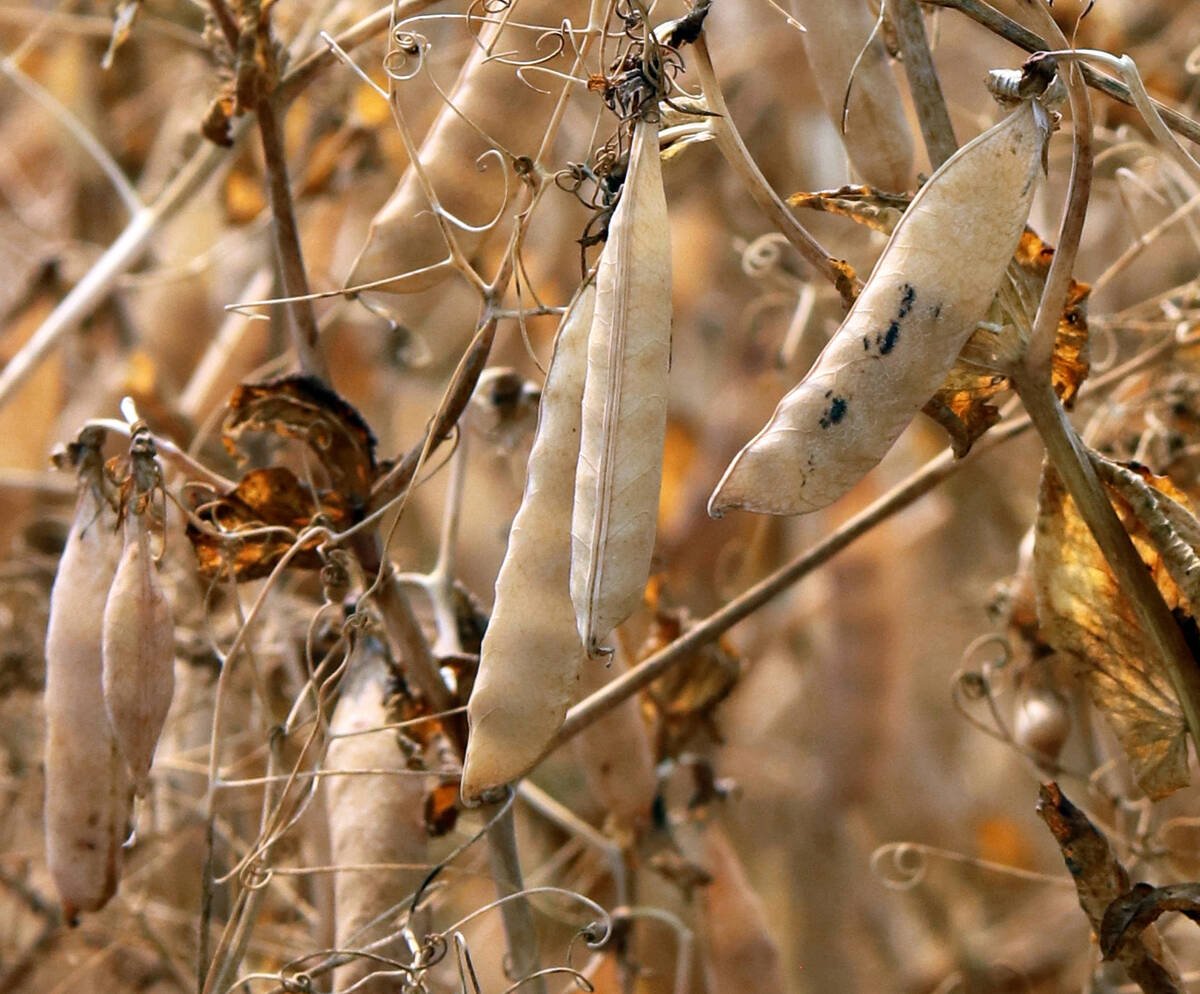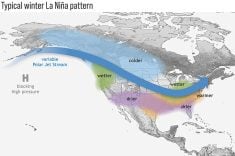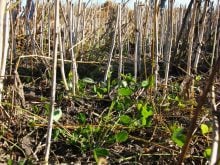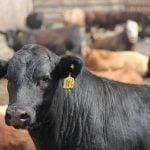Naturally occurring chemical compounds in plant residues affect the growth of other plants, say scientists at Agriculture Canada’s research centre in Lethbridge, Alta.
They are studying crop residues to learn more about how those natural chemicals could be used to control weeds.
“We’re hoping that ultimately this information could lead to the development of more sustainable weed control methods,” said Jim Moyer, a weed scientist at the centre.
Crop residue effects on plant growth have long been evident in farmers’ fields, Moyer said.
Read Also

Trump’s tariffs take their toll on U.S. producers
U.S. farmers say Trump’s tariffs have been devastating for growers in that country.
A good example is canola. Before the advent of good straw spreaders on combines, producers often noticed a drop in crop yields in the swath area where straw was highly concentrated. A natural toxin in canola residue was found to suppress growth.
Similar growth-suppressing chemicals are found naturally in the residue of many crops and researchers are trying to find ways to use those chemicals to producers’ advantage.
In previous studies, cereal rye, a crop known to have weed-suppressing qualities, reduced flixweed germination and growth. That’s likely because a molecule present in the rye suppresses weed growth, Moyer said.
The potential of harnessing these weed-fighting chemicals is enormous.
One potential target is downy brome, a serious weed problem that is causing western Canadian producers to shy away from winter wheat.
“Downy brome appears to be suppressed in winter wheat fields when residue from lentils is present. We can use that information to build a better system of weed suppression to maximize crop yields.”
Several grains tested
To test which chemicals affect which weeds, Moyer is studying the development of several weeds treated with extracts of canola, lentil, mustard, oat, barley and wheat.
Results are encouraging. Moyer has observed weed-suppressing qualities in canola and mustard, which he attributes to a group of chemicals called glucosinolates.
“Some of the chemicals that have weed control properties are very complex,” he said.
“The molecules are much bigger than most herbicide molecules, and are probably created by the plant as a defence mechanism against insects.”
The effects of those defence mechanisms are difficult to observe in the field, Moyer said.
“The benefit of using this laboratory method, rather than field observation, is that we can eliminate other effects that may be suppressing the weeds. What we find in the lab and in our field studies will lead us a step closer to developing better solutions for producers.”
Field crop tests will continue this year.














